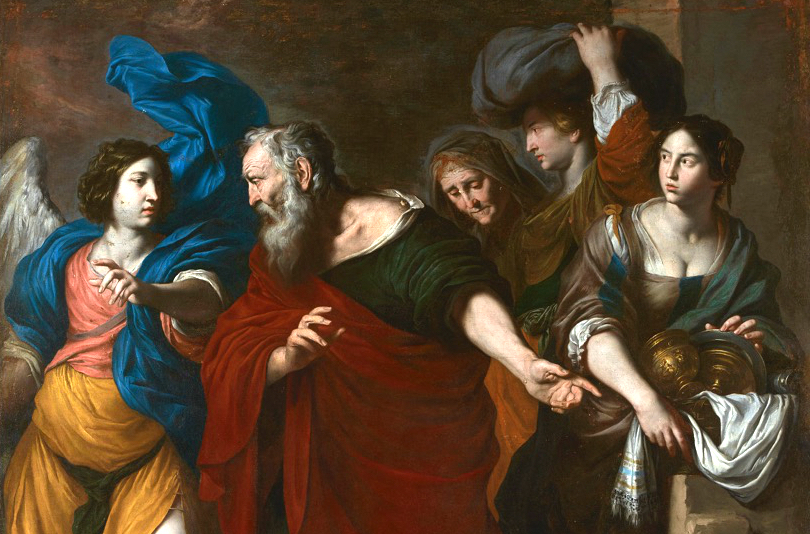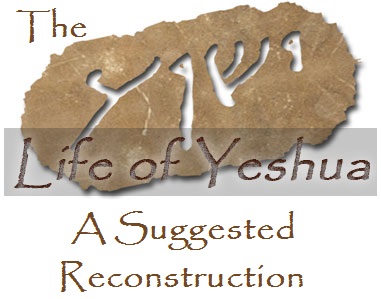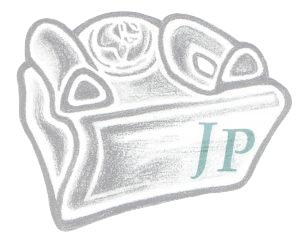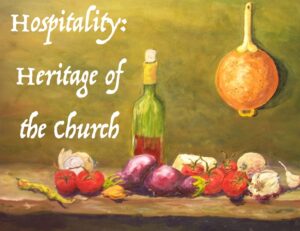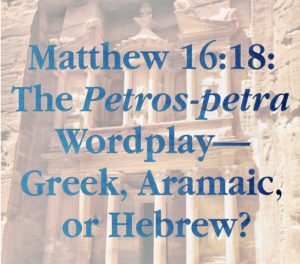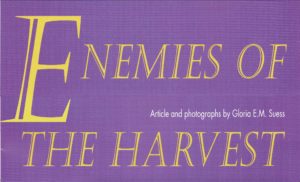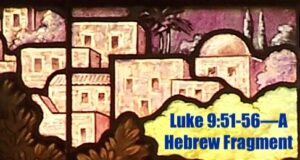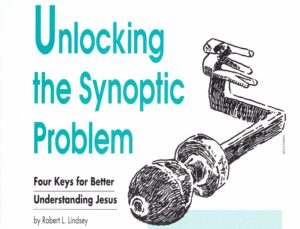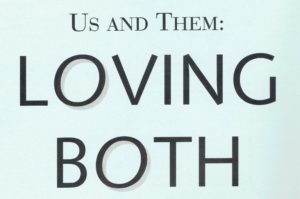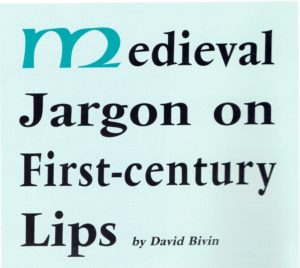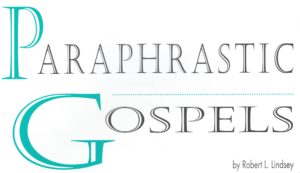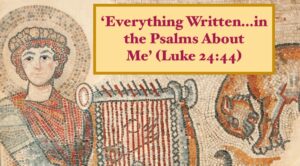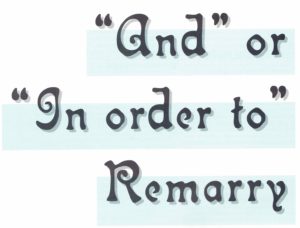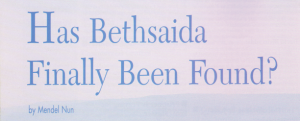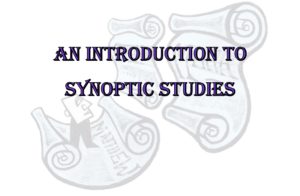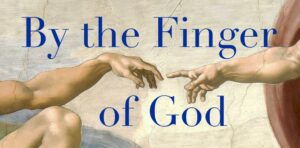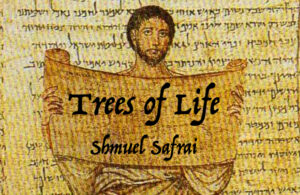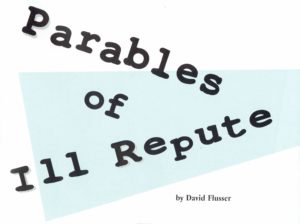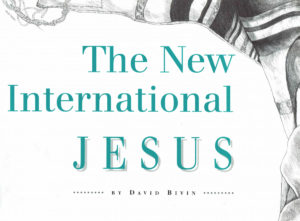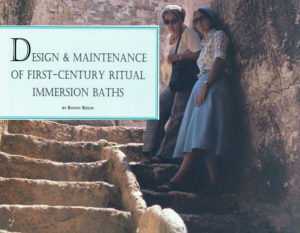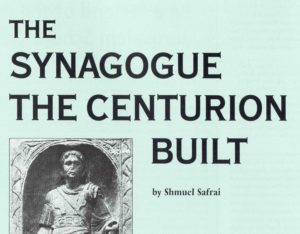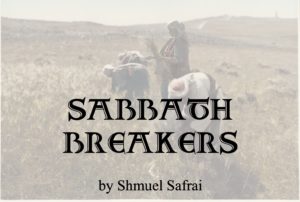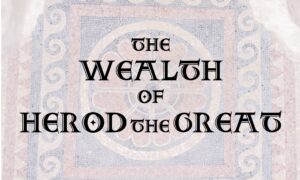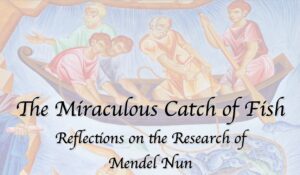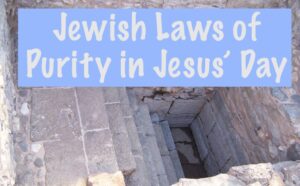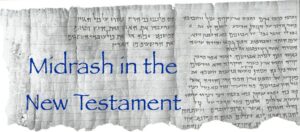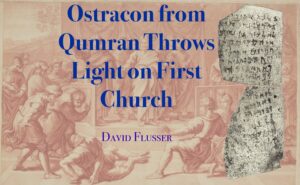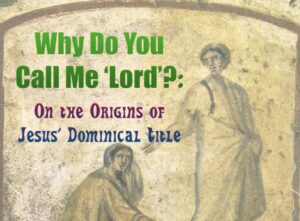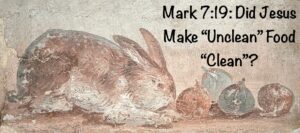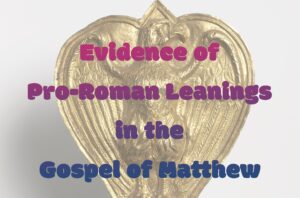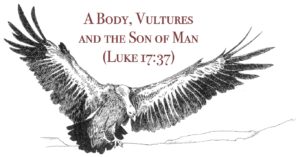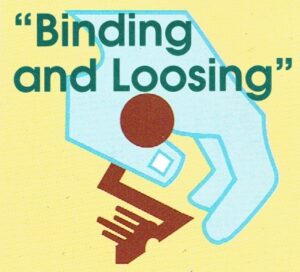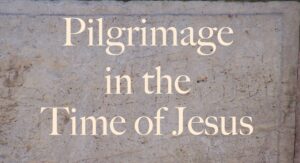Matt. 10:39; 16:25; Mark 8:35; Luke 9:24; 17:33
(Huck 62, 123, 184; Aland 103, 160, 235; Crook 118, 178, 262, 287)[1]
Updated: 12 April 2023
מִי שֶׁיְּבַקֵּשׁ לְמַלֵּט אֶת נַפְשׁוֹ יְאַבְּדֶהָ וּמִי שֶׁיְּאַבֵּד אֶת נַפְשׁוֹ יְקַיְּמֶהָ
“Whoever wants to preserve his life when the calamity strikes will have to destroy his attachment to possessions, but whoever does forsake his possessions will live to see another day.[2]
| Table of Contents |
|
3. Conjectured Stages of Transmission 5. Comment 8. Conclusion |
.
.
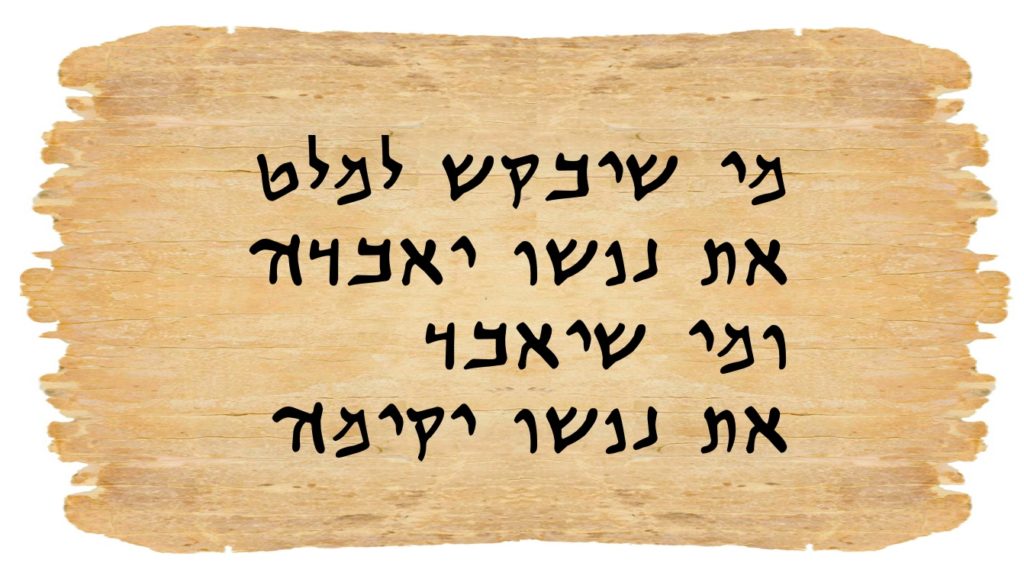
.
Reconstruction
To view the reconstructed text of Preserving and Destroying click on the link below:
Paid Content
Premium Members and Friends of JP must be logged in to access this content: Login
If you do not have a paid subscription, please consider registering as a Premium Member starting at $10/month (paid monthly) or only $5/month (paid annually): Register
One Time Purchase Rather Than Membership
Rather than purchasing a membership subscription, you may purchase access to this single page for $1.99 USD. To purchase access we strongly encourage users to first register for a free account with JP (Register), which will make the process of accessing your purchase much simpler. Once you have registered you may login and purchase access to this page at this link:
Conclusion
In Preserving and Destroying Jesus continued his use of the story of Lot’s flight from Sodom to illustrate how his contemporaries should behave when war with the Roman Empire erupts. According to Jewish tradition, Lot’s hesitation over his belongings nearly proved fatal to himself, his wife and his daughters. From Lot’s example Jesus warned the members of his generation to forsake their possessions and run if they wanted to survive the onslaught of the Roman legions.
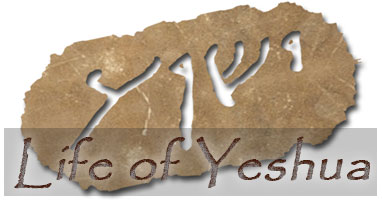 Click here to return to The Life of Yeshua: A Suggested Reconstruction main page.
_______________________________________________________
Click here to return to The Life of Yeshua: A Suggested Reconstruction main page.
_______________________________________________________
- [1] For abbreviations and bibliographical references, see “Introduction to ‘The Life of Yeshua: A Suggested Reconstruction.’” ↩
- [2] This translation is a dynamic rendition of our reconstruction of the conjectured Hebrew source that stands behind the Greek of the Synoptic Gospels. It is not a translation of the Greek text of a canonical source. ↩

